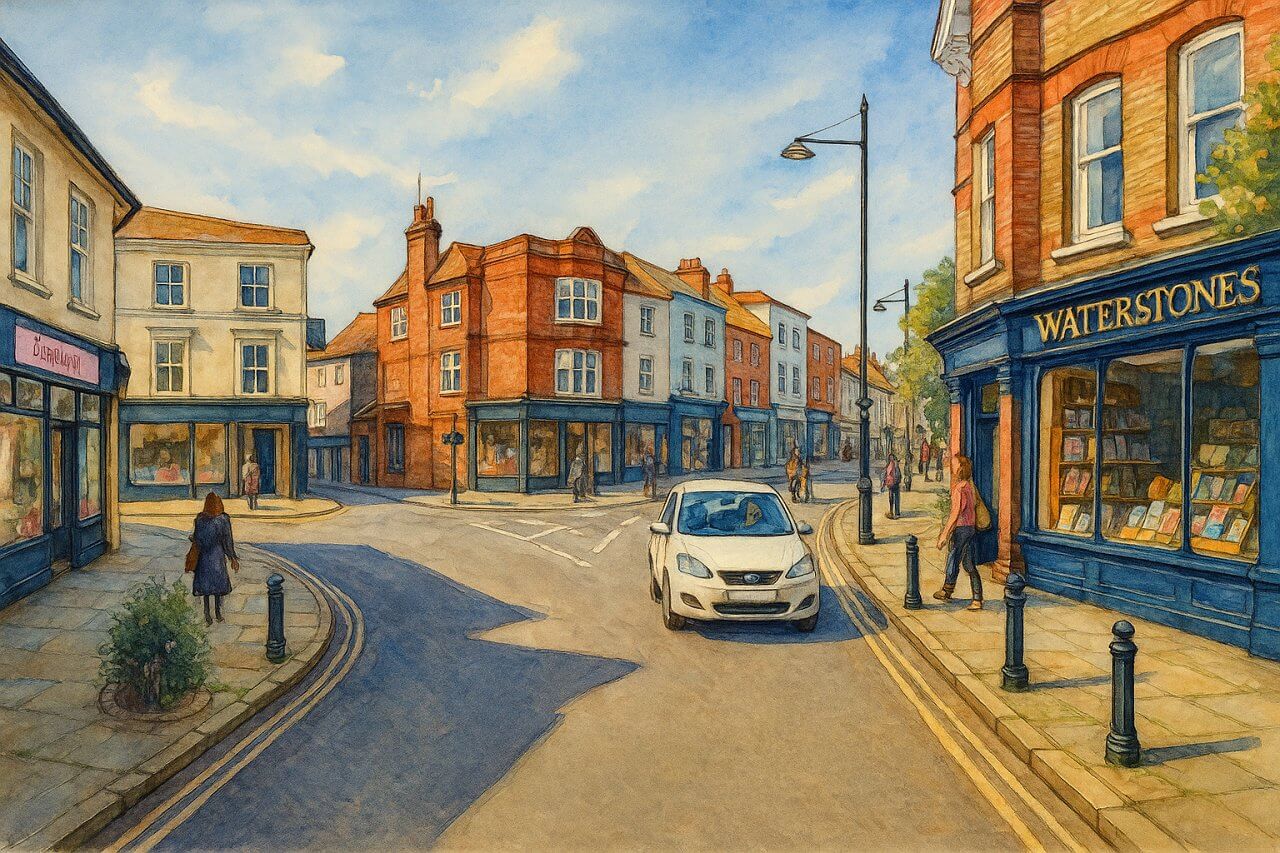
The Ceremonial Counties of England
England’s counties are more than just lines on a map—they represent deep historical ties, modern governance roles, and distinct regional identities. In everyday usage, the term "county" can refer to different types of divisions. This article focuses specifically on the ceremonial counties of England, also known as geographic counties or lieutenancy areas.
What Are Ceremonial Counties?
The term ceremonial county refers to areas of England that are assigned a Lord-Lieutenant, the King’s representative. These counties are not the same as administrative or local government counties, which are used for councils and public services. Ceremonial counties are used mainly for the purposes of ceremonial functions, geographic identity, and regional pride.
There are currently 48 ceremonial counties in England. These include the entirety of Greater London, traditional counties such as Yorkshire, and combined areas like Cornwall with the Isles of Scilly.
History of Ceremonial Counties
The concept of counties in England dates back to the early medieval period. Over time, these divisions were refined for legal, military, and political purposes. However, the modern notion of ceremonial counties as specific geographic entities assigned to Lord-Lieutenants was established more formally in the Lieutenancies Act 1997, which clarified and fixed the current list of ceremonial counties and their boundaries1.
While their origins stretch back centuries, today’s ceremonial counties were legally defined in 1997 and are based on the local government areas that existed after the 1990s reforms. Their boundaries are largely fixed, though they can change in rare cases where administrative boundaries change and Parliament approves a realignment.
Do They Have County Seats?
Unlike administrative counties, ceremonial counties do not have official county towns or seats in a formal capacity. However, some still associate a historical county town with each area, such as Winchester for Hampshire or York for North Yorkshire. These associations are largely traditional and cultural, rather than official roles with current governmental function.
Size and Statistics
The ceremonial counties of England vary widely in size, population, and economic influence. Here are some notable records:
- Biggest county by area: North Yorkshire is the largest ceremonial county, covering over 3,300 square miles.
- Most populous county: Greater London holds the title with a population of over 9 million residents.
- Highest per capita income: Surrey is frequently cited as having the highest average income per person, owing to its affluent commuter towns and proximity to London2.
Alphabetical List of Ceremonial Counties
Here is a complete alphabetical list of the 48 ceremonial counties of England. The numbers correspond to their location in the Map of Ceremonial Counties of England
- Bedfordshire

- Berkshire

- Bristol
- Buckinghamshire

- Cambridgeshire

- Cheshire

- City of London

- Cornwall

- Cumbria

- Derbyshire

- Devon

- Dorset

- Durham

- East Riding of Yorkshire

- East Sussex

- Essex

- Gloucestershire

- Greater London

- Greater Manchester

- Hampshire

- Herefordshire

- Hertfordshire

- Isle of Wight

- Kent

- Lancashire

- Leicestershire

- Lincolnshire

- Merseyside

- Norfolk

- North Yorkshire

- Northamptonshire

- Northumberland

- Nottinghamshire

- Oxfordshire

- Rutland

- Shropshire

- Somerset

- South Yorkshire

- Staffordshire

- Suffolk

- Surrey

- Tyne and Wear

- Warwickshire

- West Midlands County

- West Sussex

- West Yorkshire

- Wiltshire

- Worcestershire

Home Counties
Home Counties are a group of counties that border Greater London. Click to learn more about them.Fun Facts
- The smallest ceremonial county by area is the City of London, which covers just over 1 square mile.
- Rutland is the smallest county by population, but proudly uses the motto: "Multum in Parvo" (Much in Little).
- Some counties, like Yorkshire, are widely celebrated culturally despite being split into sub-counties like North, South, West, and East Riding.
- Cornwall has a unique Celtic heritage and is officially recognized as a national minority by the UK government3.
- The Isle of Wight is the only ceremonial county entirely on an island.
Quick Facts
- Total ceremonial counties: 48
- Established: Current boundaries fixed in 1997 (Lieutenancies Act)
- Biggest by area: North Yorkshire
- Most populous: Greater London
- Wealthiest by income per person: Surrey
- Smallest by area: City of London
- Smallest by population: Rutland
- Unique heritage: Cornwall (Celtic identity), Isle of Wight (island county)
- Function: Represented by Lord-Lieutenants; used for ceremonial and cultural identity
- Do they have county seats? Not officially, though many have historical county towns
References
- Lieutenancies Act 1997 – legislation.gov.uk
- ONS: Summary of Income and Wealth by Region
- Cornish granted minority status – gov.uk

Painting of The Ceremonial Counties of England (View image in full size)